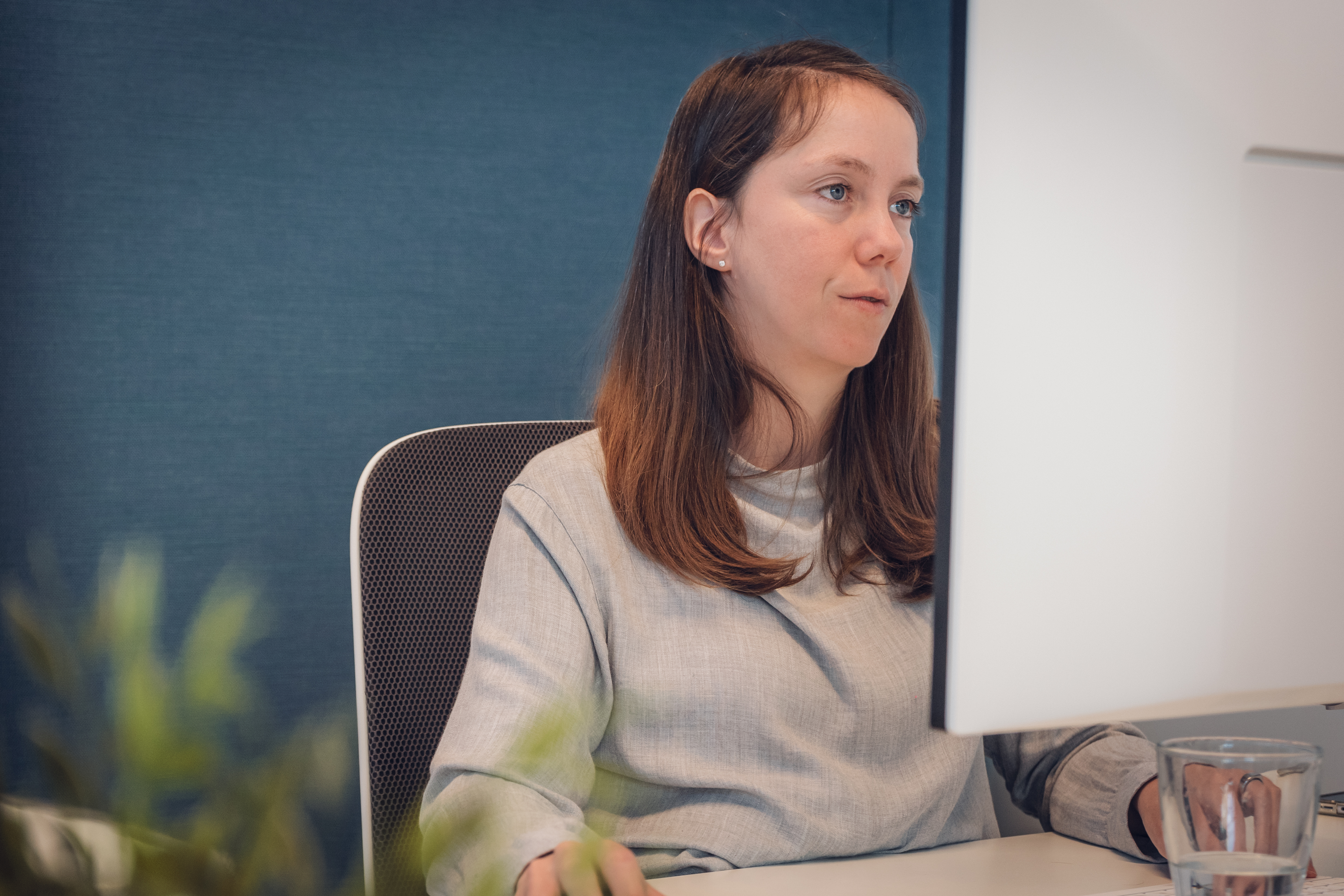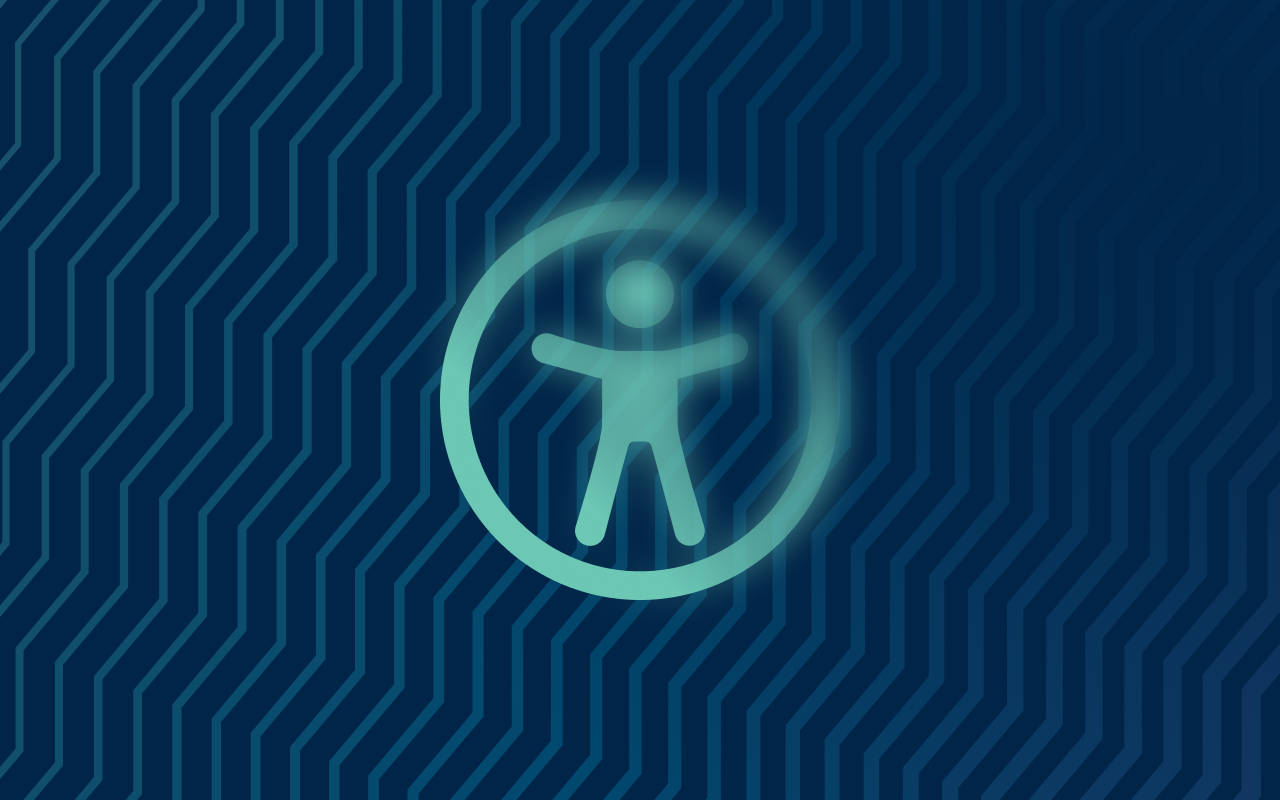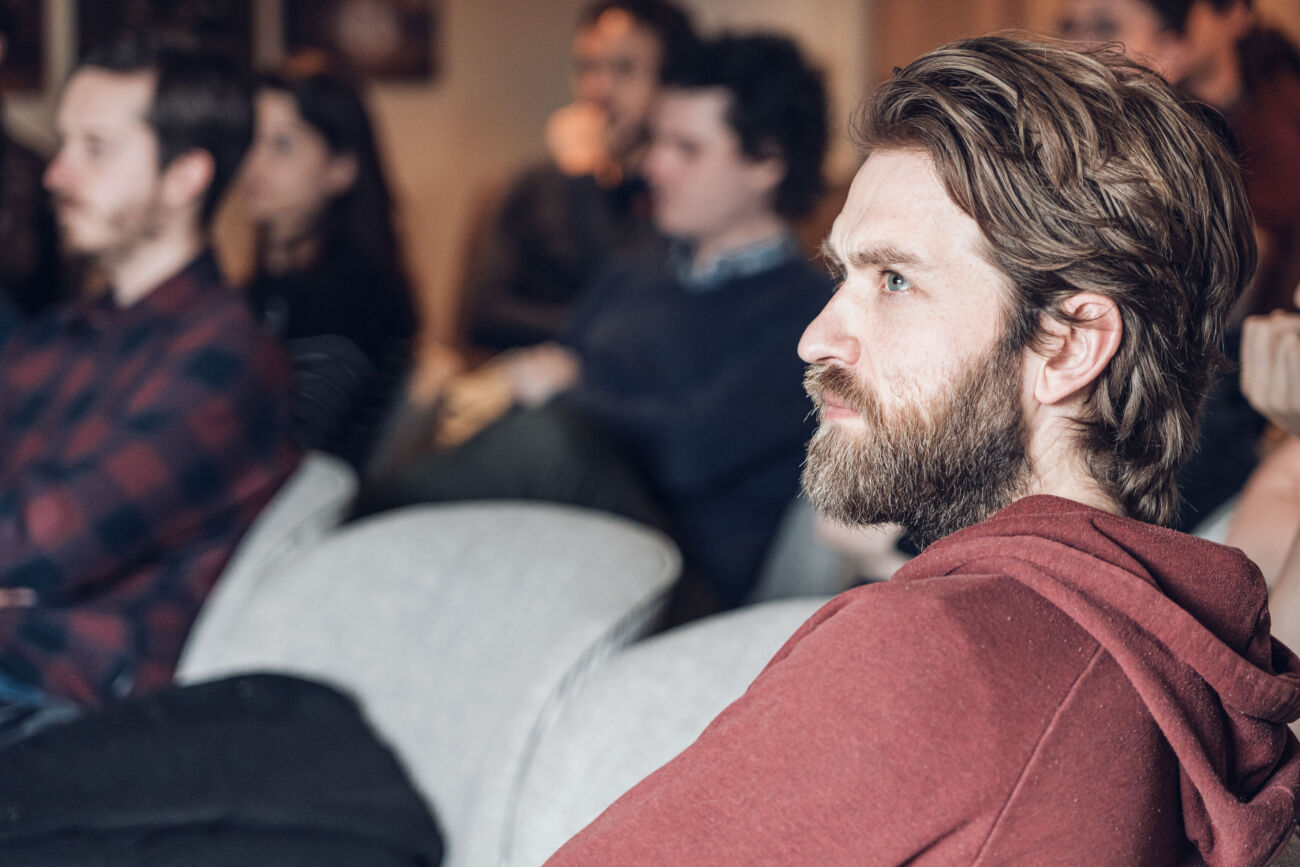Building inclusive and accessible digital products is of utter importance to icapps. To facilitate this, we have our own in-house accessibility expert and UX designer, Tine Lavrysen!
Tine has been working at icapps for almost ten years as a UX designer, a role she fulfills with great passion. With her innovative mindset, she has been pushing for a more inclusive and accessible digital environment within icapps and for our customers. In this blog, Tine will tell you all about how we provide a more inclusive and accessible experience for users and share some tricks for you to get started
What does an inclusive environment mean to you? Specifically on the aspects of UX.
For successful inclusion, you have to involve a broad spectrum of people in the design process. The standard web or app development process already involves, for example, user interviews or UX testing. However, people often summarize these results into personas. And while these personas help to create empathy with your customer, it is essential to realize that they are often stereotypical and that there is no typical user. Users have a wide range of characteristics (gender, living situation, ability…) and they don’t fit into one-size-fits-all boxes. There are so many factors to take into account, like the language used or bad internet connection. While inclusion is about involving and tailoring to everyone, accessibility refers to including a specific group that is often under-served: people with disabilities.
Would you say there is more attention on inclusion and accessibility nowadays?
Experts were already discussing digital accessibility and inclusion 30 years ago, a few years after the start of the Internet. Throughout the years, we've seen more efforts from Android and Apple to make their devices more accessible by adding features like changing the size of text on the screen or reading text to the user. The new European laws regarding digital accessibility and inclusion are also helping put the topic on corporate agendas. However, there is much room for improvement, especially when we don't realize we exclude people. For example: an email address; you need it practically everywhere, but many people, especially older adults don’t even have one (let alone a smartphone).
What are the musts for creating an inclusive and accessible online platform?
We, as designers and developers of the digital product, are responsible for making it accessible and inclusive. For example, the designer looks at contrast, the size of the text and buttons, and the distance between the text and the buttons. Developers have to implement amongst others keyboard access and the text to read aloud.

How do you make sure icapps is facilitating an accessible digital environment?
I make sure that available accessibility tools are known internally and provide information on how and when to use them. As digital designers, we are living in a bubble of tech-minded people, so we make sure that we do lots of user research with different groups of people to make sure that we hear their voices. Externally, by organizing events like the Bits + Bites and our upcoming webinar on inclusion and accessibility, we create awareness around this topicto the outside world. Additionally, when creating our applications, we have an external auditor review the app and/or test it with users with a disability.
What is the most mind-blowing, inaccessible UX example that you have seen?
You see them everywhere, but I recently saw an app with such complex language that I struggled to understand it! It read like a legal textbook rather than a mobile app. However, that's what's I love about inclusion; making the text more readable and accessible makes it more pleasant for everyone, not just users with disabilities.
Why should the reader attend our webinar on accessibility and inclusion?
This webinar is much more concrete than the Bits + Bites session. We will give concrete examples, for example how much distance to leave between elements and what size your text needs. And, even more importantly, the ability to ask your questions. This session will change according to the input of questions from viewers, and my colleague Helena and I would love to see you there!


